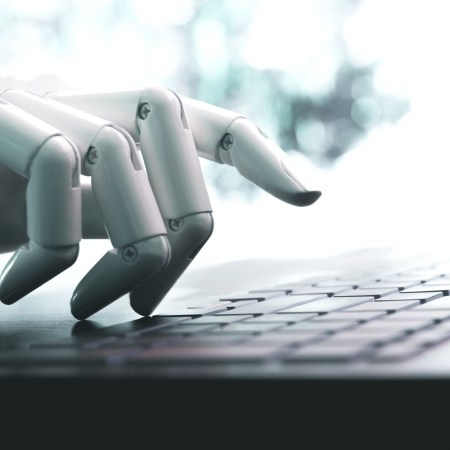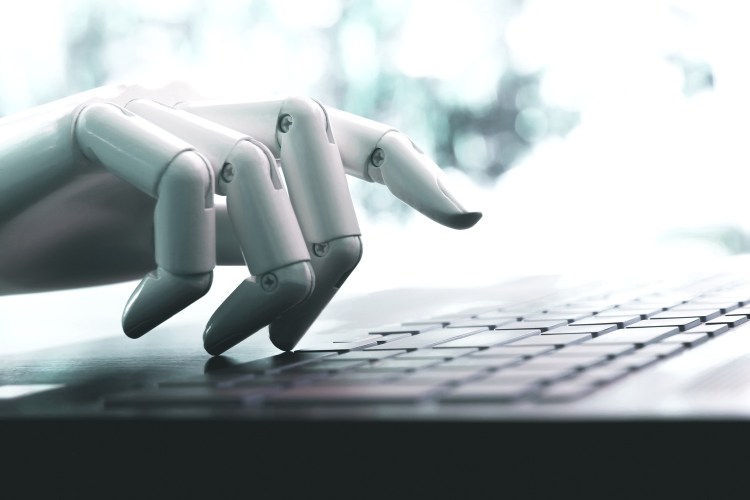
Driverless cars and virtual reality goggles seem pretty damned futuristic, but they’ll soon pale in comparison to advancements such as robot doctors and internet-connected sweaters. And the latter is approaching a lot faster than you might think.
The power of technology leans heavily on how society adopts it. For example, industry experts have argued that driverless cars will be the safest option on the road once every vehicle is autonomous. In a similar sense, the more people adopt the smartphone as their primary means of communication, the more possibilities each device will hold.

The World Economic Forum (WEF) recently released a report that details the “tipping point” for when new technological advancements, such as artificial intelligence and mobile phone implants, will be adapted into mainstream society. The WEF generated their predictions by polling more than 800 executives and industry experts.
In general, the WEF found six big trends across a variety of sectors, ranging from the trite to the truly mind-blowing. The biggest takeaway? The manner with which you interact with the internet has the potential to transform your digital presence in unprecedented ways through wearable and implantable tech.

Declining costs, size of computing, and connectivity could lead to unlimited data storage and near-ubiquitous supercomputers. The decreasing size of computers and increasing capabilities of sensors could mean that more and more items—from clothes to appliances—will be internet-connected. Exponential digitization has fueled the advance of artificial intelligence and its application to big data, meaning more decision-making power could end up in the hands of algorithms.
The ability to readily share assets will likely create entirely new business models. These will be based on self-organizing networks that use emerging technologies like “blockchains,” which replace the need for third-party institutions. Three-dimensional printing, which will use a combination of raw materials and additives, will allow for more DIY manufacturing and better biomedical advancements.
Below is a timeline of the tipping points listed in the WEF report.
2018
-90 percent of people having unlimited and free (advertising-supported) storage
2021
-first robotic pharmacist in the U.S.
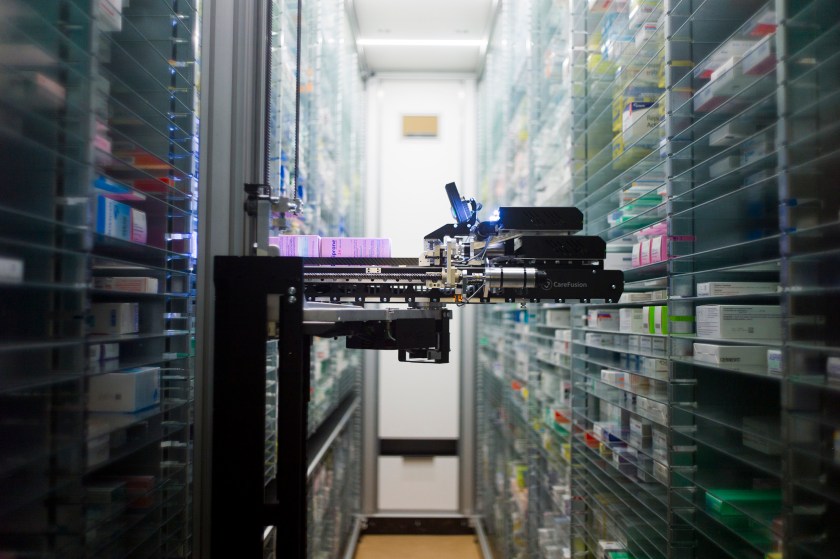
2022
-10 percent of people wearing clothes connected to the internet
-one trillion sensors connected to the internet
-first 3-D–printed car in production

2023
-first implantable mobile phone available commercially
-80 percent of people with a digital presence on the internet
-10 percent of reading glasses connected to the internet
-90 percent of the population using smartphones
-first government to replace its census with big-data sources
-first time tax collected by a government via blockchain
2024
-90 percent of the population with regular access to the internet
-home appliances and devices responsible for over 50 percent of internet traffic
-first transplant of a 3-D–printed liver
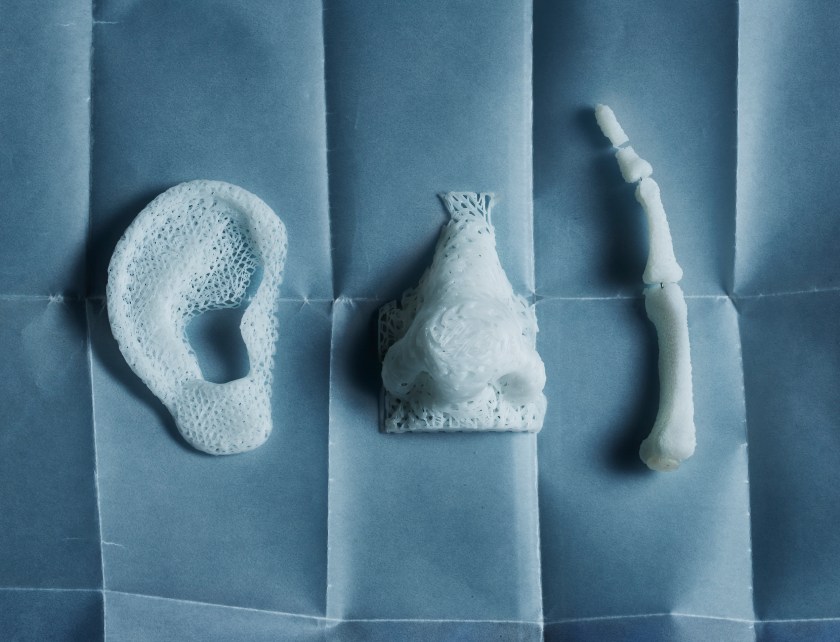
2025
-30 percent of corporate audits performed by AI
-more trips worldwide via car-sharing than private cars
-five percent of consumer products are 3-D printed
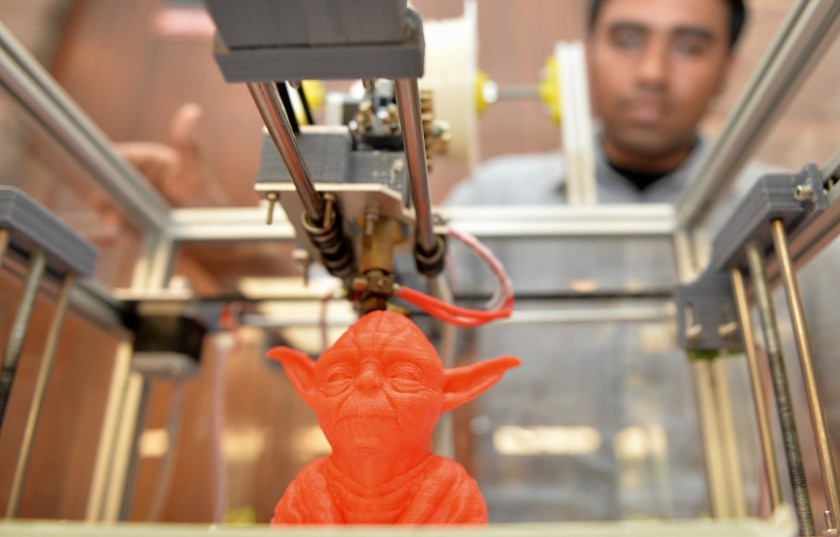
2026
-first city with more than 50,000 people and no traffic lights
-10 percent of all cars on U.S. roads are driverless
–first AI machine on a corporate board of directors
2027
-10 percent of global GDP stored on blockchain technology
Read the full report here.
—RealClearLife Staff
This article was featured in the InsideHook newsletter. Sign up now.










